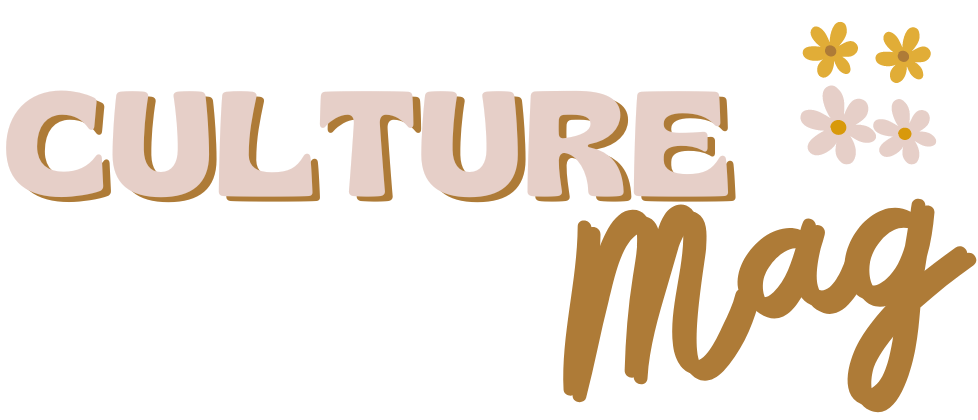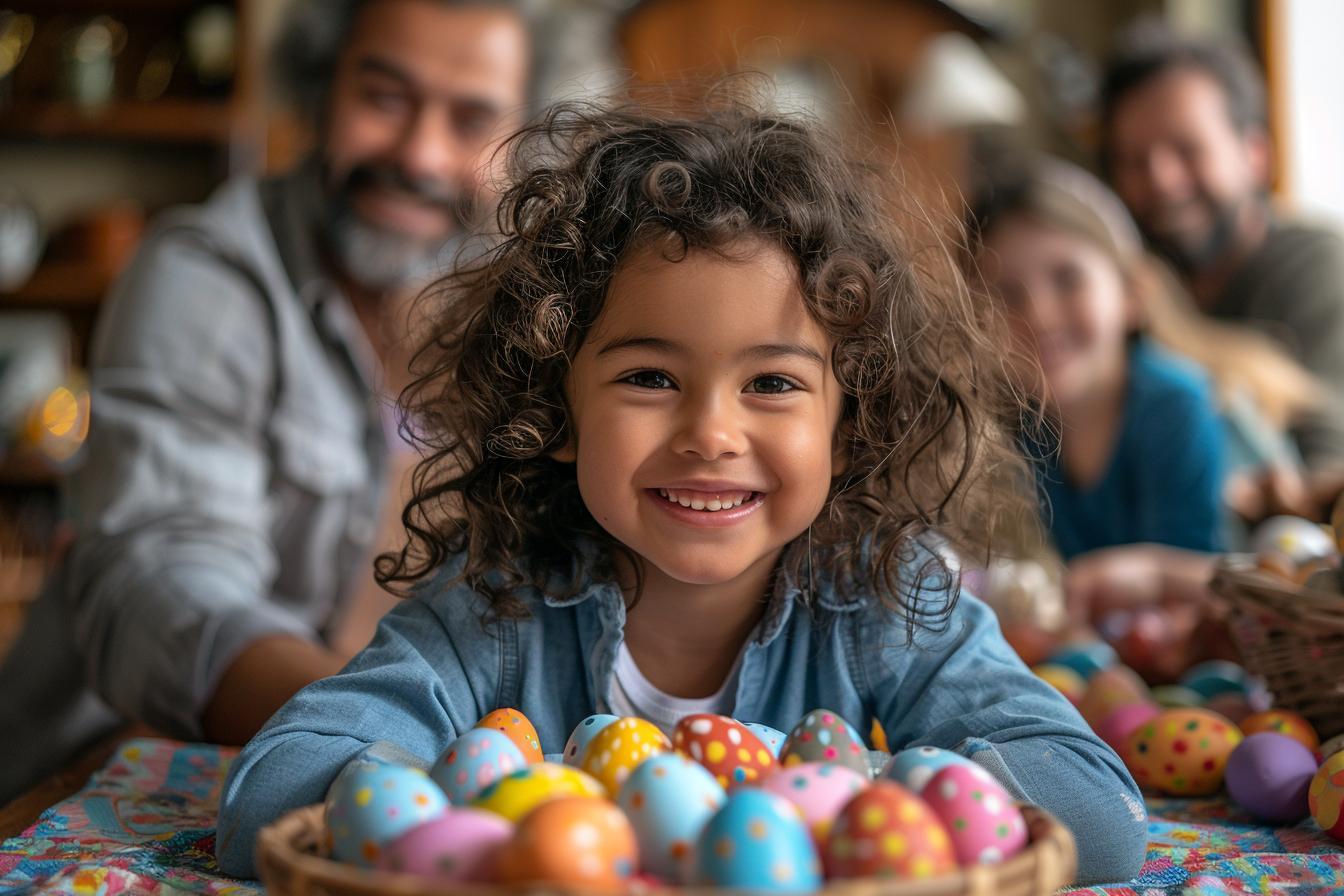As the first buds burst to announce spring, an ancestral celebration brings together millions of people across the globe: Easter. Far beyond egg hunts and chocolate bunnies, this festival has a rich history and varied traditions that color cultures around the world. In this article, we’ll unravel the story of Easter, explore the different ways it’s celebrated across the planet, and delve into the delicious culinary diversity that comes with it. Buckle up for a fascinating journey to the heart of Easter and its many faces.
The origin of the Easter festival
The journey through Easter traditions begins with its history. Easter is above all a religious festival, celebrated mainly by Christians to commemorate the resurrection of Jesus Christ, the third day following his crucifixion. This commemoration is, however, preceded by Lent, a period of fasting of forty days.
THE symbols associated with Easter are multiple and have particular meaning. The Easter egg, for example, symbolizes birth and new lifewhile the rabbit is known for its fertility. These symbols have often been integrated into Christian traditions from pagan rites and celebrations of spring.
Easter celebrations around the world
In Europe, Easter is celebrated with fervor, with centuries-old traditions In each country. In Spain, Holy Week is marked by processions impressive, while Poland sees families sharing the blessing basketball, filled with blessed foods. Italy, particularly the Vatican, remains a major place of celebration with the pope’s mass.
In the United States, the celebration takes on a different dimension with the famous White House Easter Egg Roll, where children roll eggs on the White House lawn. THE egg huntscommunity events where children and adults search for hidden eggs, are also a must.
Unique variations and customs
Some countries have unusual practices to celebrate Easter. In Australia, the Easter Bunny is often replaced by the Bilby, an indigenous animal, to raise awareness about its conservation. In Norway, there is an amazing tradition of immersing yourself in detective novel and riddles, known as “Påskekrimmen”.
The celebration of Easter also reflects a cultural fusion, with a mixture of Christian traditions and local customs. It also evolves over time, integrating modern elements such as virtual egg hunts or ever more original and spectacular chocolate confections.
Easter dishes: culinary diversity
In European countries, Easter tables are garnished with regional specialties. From Easter lamb in France to hot cross buns in England, each country has its favorite dishes. In Greece, tsoureki, a traditional brioche, is the center of gastronomic festivities.
THE chocolate plays a leading role in the festivities. Chocolate eggs, rabbits and other figurines have become true icons of this period. They are not only delicacies, but also artistic expressions of chocolatiers who compete in creativity for the pleasure of young and old gourmets.
Through these lines, we have sketched the picture of a celebration with multiple dimensions: spiritual, cultural, and deliciously delicious. Easter, far from being a simple date in the calendar, is a true crossroads of cultures and joy, where each country brings its own color to the mosaic of celebrations. And if traditions vary, the spirit of sharing and renewal remains universal.

